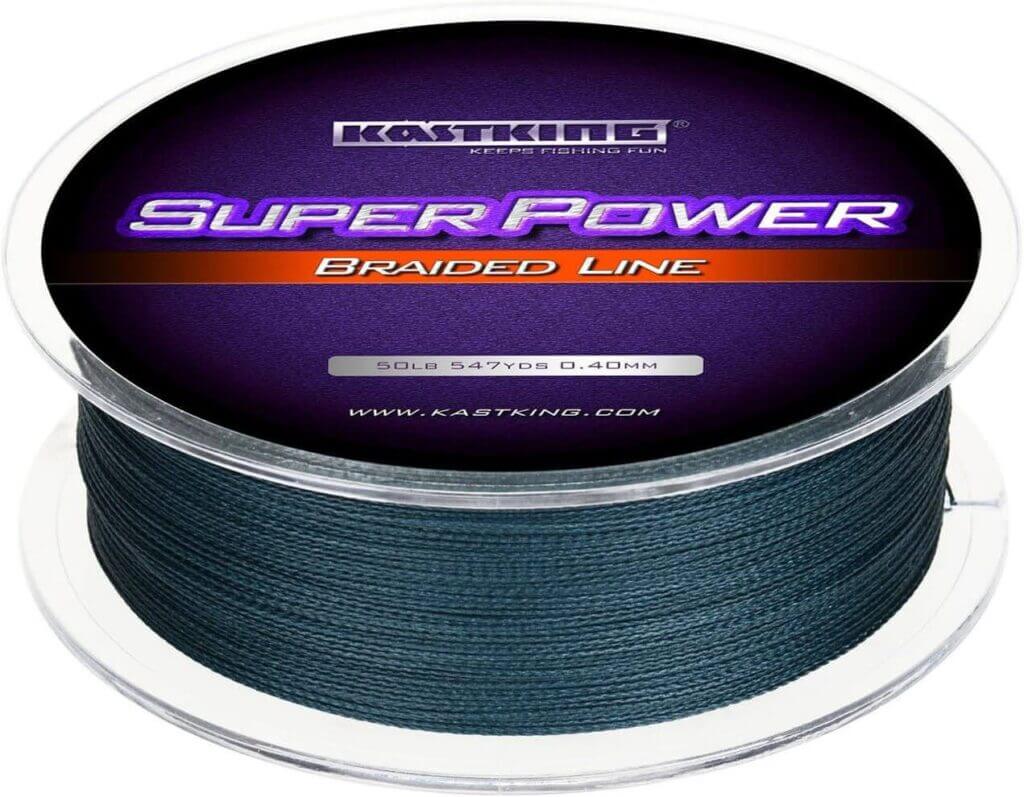Having the right fishing line on your reel makes all the difference when it comes to casting efficiently, detecting light bites, and landing hard-fighting fish. With so many options on the market, choosing a line can be confusing for novice and experienced anglers alike. This guide covers the major fishing line types, their key characteristics and ideal uses, and tips for selecting the best line for your needs.
Introduction to Fishing Line
At its essence, fishing line is the critical connection between angler and fish. Line transfers energy into casts, transports lures and bait to the strike zone, and battles fish until landing. Key factors in choosing line include:
Type – The main categories are monofilament, fluorocarbon, braided, and specialty lines designed for techniques like fly fishing. Each has distinct properties.
Breaking Strength – Line strength is measured by the amount of pressure needed to break it, given in pounds test (lb test). Match strength to fish species targeted.
Diameter – Thicker lines are more visible underwater. Thinner lines cast further and are less obvious to fish. Diameter varies between line types.
Abrasion Resistance – Important when fishing cover, a quality line resists nicks and fraying from rocks, wood, etc.
Stretch – Stretch helps absorb headshakes but also reduces sensitivity. Low-stretch lines offer more direct feel.
Visibility – Clear, less visible lines work when fish are line-shy. Colored lines are easier for anglers to track visually.
Now let’s dive into the characteristics of the major fishing line varieties and their best uses.
Monofilament Fishing Line
Monofilament fishing line is a single strand of nylon. It’s the most popular all-around type used by anglers.
Characteristics
- More stretch than other lines
- Available in a wide range of lb tests
- Lower cost than braided/fluorocarbon
- Floats on the surface
- Moderate abrasion resistance
Pros
- Casts smoothly and easily handled
- Stretch helps prevent break-offs
- Low visibility for clear water
Cons
- Stretch reduces sensitivity for light biters
- Absorbs water over time
- Prone to coiling memory and twisting
Best Uses
- All-purpose freshwater fishing
- Topwater lures that need slack line
- Beginners learning casting mechanics
With qualities like easy handling, low cost, and invisibility – monofilament is ideal for many techniques and freshwater species. Stock versatile 4-15 lb test options.
Fluorocarbon Fishing Line
Fluorocarbon line is a single strand like monofilament, but made of fluorocarbon polymer rather than nylon.
Characteristics
- Nearly invisible underwater
- Extra dense sinking line
- Low stretch for sensitivity
- High abrasion resistance
- Costs more than monofilament
Pros
- Disappears when submerged
- Quick hook sets from low stretch
- Resists fraying around cover
- Handles big fish well
Cons
- Stiffness affects casting distance
- Brittle material prone to cracking
- Difficult knots and connections
Best Uses
- Clear, pressured waters
- Vertical jigging and drop shot rigs
- Saltwater finesse techniques
- Leader material for visible lines
Fluorocarbon excels when stealth and sensitivity are key. Use as a leader or primary line when fish are extra line-shy.
Braided Fishing Line
Braided lines are woven from multiple strong, thin strands of material like Spectra or micro-dyneema.
Characteristics
- Zero stretch for ultimate sensitivity
- Very thin diameter to strength ratio
- Available in bright colors or camo patterns
- Requires a backing under it on reels
- Most expensive of the main line types
Pros
- Detects subtle bites in heavy cover
- Incredible strength for big fish
- Casts very far due to thin profile
- Minimal digging in on hook sets
Cons
- Visible above and below water
- No stretch leads to pulled hooks
- Can cut through gloves and skin
Best Uses
- Flipping/pitching bass in heavy cover
- Offshore fishing for tuna and billfish
- Pulling fish from heavy structure
- Fighting bottom fish around wrecks
With zero stretch yet incredible strength, braided line shines for power fishing heavy cover and structure. Use a leader to avoid visibility issues.
Specialty Fishing Line
In addition to the major line types, specialty lines are designed for specific techniques and scenarios:
Fly Fishing Lines
Weight-forward, double taper, and shooting taper fly lines are made for fly rods with specialized coatings and tapered designs to carry and present artificial flies.
Wire Line
Super-strong coated wire line used primarily for deep trolling in freshwater and saltwater enables lures to reach extreme depths.
Lead Core Line
Weighted lead core line allows lures to dive quick and deep for trolling large lakes for trout and salmon.
Bite/Strike Indicators
Fluorescent nylon lines attached in-line allow anglers to visually detect bites when bottom or drift fishing. Popular for catfish.
For niche fishing methods, turn to the specialty line engineered for that technique to gain an advantage.
Conclusion
When choosing fishing line, prioritize matching the characteristics of the line to your target species, fishing environment, and techniques employed. Talk with fellow anglers and read online reviews of new lines. Many factors are in play, but choosing wisely results in more fish hooked, landed, and in the cooler.
Key Tips for Selecting Fishing Line:
- Match line strength to fish size and habitat
- Factor in visibility, stretch, and abrasion needs
- Buy premium line from a reputable brand
- Change line at least once per season
- Fill reel spool correctly and avoid line twist and tangles
Having the perfect fishing line for the situation can make the difference between landing your new personal best and losing the fish of a lifetime. Follow this guide, and you’ll approach fishing line selection like a seasoned pro to gain a real advantage on the water.










